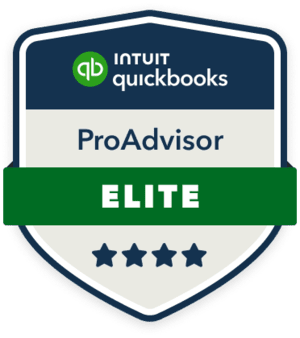At Protea Financial, we know that for many business owners, the phrase “year-end close” can evoke feelings of stress and urgency. As the calendar year winds down, a financial whirlwind often spins up, involving a scramble to find documents, reconcile accounts, and prepare everything for the tax professional. This process is especially complex for wineries, which juggle complex inventory, multi-year production cycles, and intricate compliance.
We believe the year-end process shouldn’t be a source of anxiety. It should be a moment of clarity, a time to confirm your annual performance and set a clean, accurate foundation for the year ahead. A streamlined year-end isn’t a myth, it’s the result of good habits and a clear plan. We’re here to share our best practices for making your year-end close as smooth as your finest vintage.
Why a Streamlined Close Matters
Before diving into the “how,” let’s establish the “why.” A clean and timely year-end close is not just about filing your taxes. It provides:
- Accurate Financial Statements: It ensures your full-year Profit & Loss statement is correct, giving you a true picture of your profitability.
- A Reliable Balance Sheet: It confirms the exact value of your assets (like inventory and equipment) and liabilities (like loans and payables) as you start the new year.
- Strategic Clarity: It provides the final, verified data you need to analyze your performance against your budget and build realistic goals for the next year.
- Tax Season Efficiency: A clean set of books, delivered to your tax CPA in an organized package, significantly reduces their preparation time, which directly saves you money on tax prep fees and minimizes your risk of an audit.
Best Practice 1: Don’t Wait for December 31st (The Proactive Phase)
The secret to an easy January is a productive November and December. Waiting until the year is over to start “closing” is the single biggest mistake we see.
- Reconcile… Now: Do not wait until January to reconcile your bank accounts and credit cards. Complete all reconciliations through November 30th as soon as possible. This way, your only remaining reconciliation in January is the single month of December, transforming a mountain of work into a manageable molehill.
- The W-9 Hunt: One of the biggest year-end time-wasters is chasing down Form W-9s from vendors, consultants, and contractors. Make it a non-negotiable policy to collect a completed W-9 from every vendor before you issue their first payment. For any you missed during the year, start contacting them in December, not when the January 31st 1099-filing deadline is looming.
- Schedule Your Physical Inventory Count: If your business holds physical inventory (especially crucial for wineries), schedule your physical count for the last business day of the year. Make sure you have a clear plan, organized count sheets, and enough staff. This physical count is the source of truth for your most valuable asset, so it must be done meticulously.

Best Practice 2: The Core Close (The Execution Phase)
Once the year has officially ended, the technical closing process begins. This is where you finalize the numbers.
- Final Reconciliations: Perform your final bank and credit card reconciliations for December. This is the step that locks in your cash balances and confirms all transactions for the year have been captured.
- Post Final Accruals: This is what separates simple cash-tracking from true, accrual-basis accounting. You must record expenses that were incurred in the closing year, even if the bill hasn’t arrived yet.
- Don’t Forget Common Accruals: This includes payroll that was earned in the last week of December but paid in January, utility bills for December service, or consulting fees for work completed in December.
- Review Prepaid Expenses and Deferred Revenue: If you paid for a full year of insurance in June, you must expense the portion used in the closing year and carry the rest as an asset. For wineries, if you collected wine club revenue in December for a shipment in February, that revenue must be deferred and not recognized as income until the next year.
- Review Fixed Assets: Did you buy a new tractor, tank, bottling line, or server this year? Review all large purchases. These items should not be expensed. They must be added to your fixed asset schedule so they can be depreciated over their useful life. This is a critical step for an accurate Balance Sheet and tax return.
Best Practice 3: Clean Up and Finalize (The Review Phase)
With all transactions recorded, it’s time for a final review to ensure everything is logical and accurate before sending it to your tax preparer.
- Scrutinize Your P&L: Look for anomalies. Are there negative numbers in expense accounts? Are supplies in a category that looks unusually high or low compared to last year? This is your chance to catch miscategorized transactions.
- Review Accounts Receivable (AR) Aging: Look at all your outstanding customer invoices. If you have invoices that are 90+ days old and you know you’ll never collect on them, now is the time to write them off as bad debt.
- Review Accounts Payable (AP) Aging: Look at all your open bills. Are there old, unpaid bills from vendors that are incorrect or were paid by other means? Clean these up to ensure your liabilities are accurate.
- Verify Loan Balances: Reconcile your loan balances against your lender statements. Make sure your books correctly split the principal and interest for every payment and that the outstanding principal is correct.
Best Practice 4: Prepare Your CPA Package
Do not email an invitation to your accounting file to your tax preparer with a note that says “it’s ready.” To truly streamline the process, you must prepare a clean CPA Package. This package should include:
- The Final Reconciled Balance.
- The final P&L and Balance Sheet (ideally with a comparison to the prior year).
- All bank and credit card reconciliation reports for the entire year.
- Statements for all new loans or major asset purchases made during the year.
- A list of all fixed assets purchased, including date and cost.
The Protea Financial Advantage: Year-End All Year Long
For our clients at Protea Financial, the “year-end close” is not a stressful event. It’s simply “December.” Because we perform these best practices every single month, the process is streamlined by default. The financial experts on our team will:
- Reconcile accounts monthly.
- Manage accruals monthly.
- Track fixed assets as they are purchased.
When you partner with us, your books are always accurate, always up-to-date, and always ready for review. This consistent, disciplined approach is the ultimate way to uncork efficiency in your business, saving you time, reducing your tax-prep fees, and giving you unparalleled peace of mind. If you’re ready to make this year’s chaotic close your last, contact Protea Financial. Our team provides free consultations for you to ask any questions you may have.



